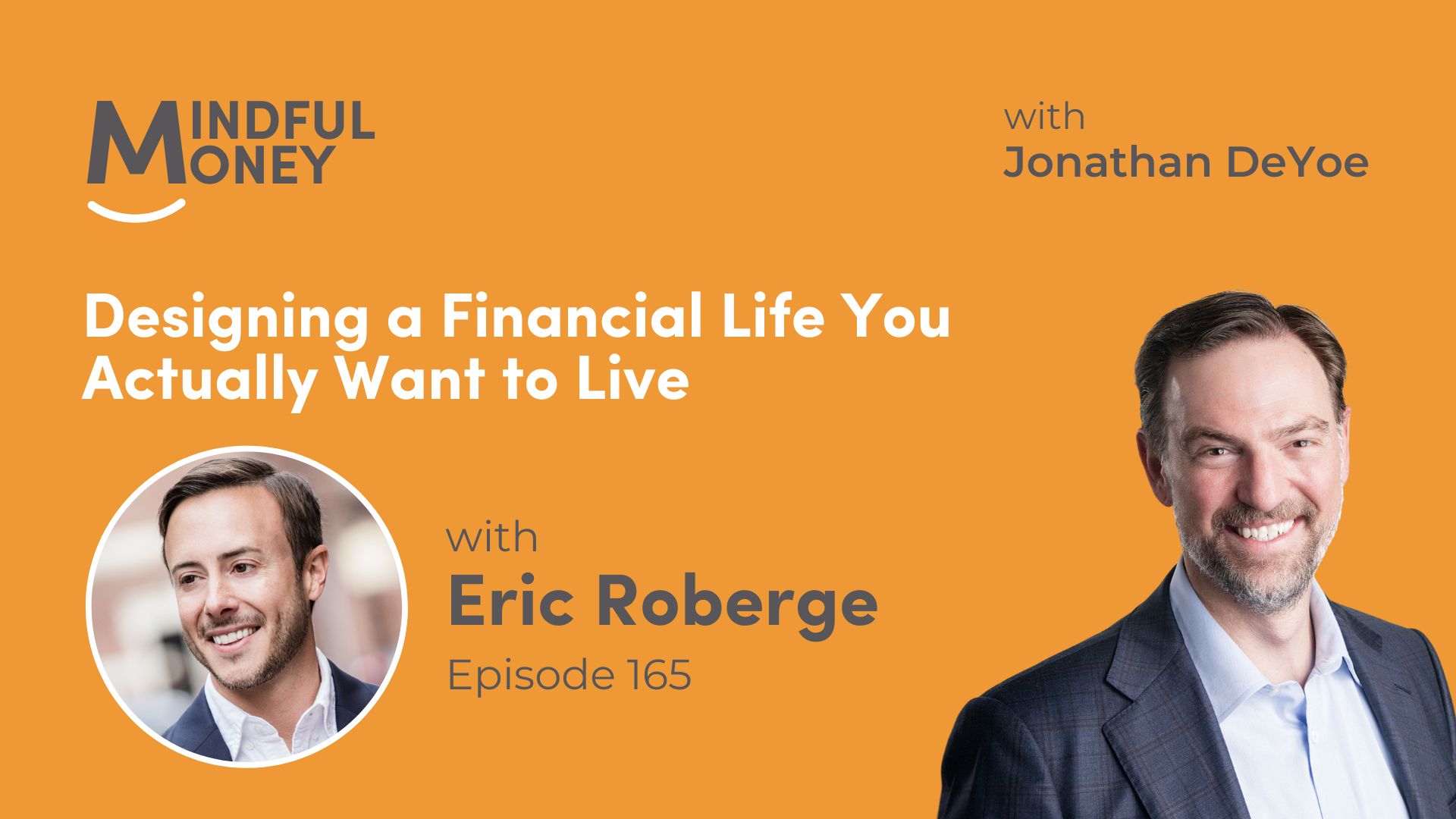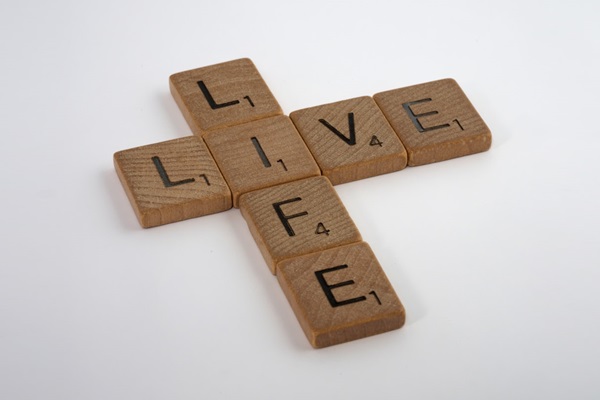This is a really important distinction to know about. Whether you notice the storytelling or not… it is happening all the time. The more you notice it, the less you suffer.
An Acute Personal Example
For those of you who are relatively new to this blog or newsletter, my brother died last year – the summer of 2021. I continue to process this. It is not a thing I will ever be “over.” It is a brand new reality that I cannot move “past.” It is raw for me. I don’t cry every day, but some days it’ll hit me 4-5 times throughout the day.
When Dave died, he was gone. That is the experience that caused my family and me pain. The pain can be overwhelming even without the stories. But, the natural catastrophizing of the human brain means the stories arise anyway.
One of the stories that arose was about how alone I was going to be as my parents aged and after they were also gone. There was no doubt now that I would be the last one alive of my immediate childhood family. I cried a lot, imagining going through the future death of one (or both) parents without him to share the burden. This story – of more loved ones being taken away – is a seed for more suffering. Yes, I will one day have to go through it, but it isn’t today, and it may not be for years. It is unnecessary and impractical for me to suffer about this topic now.
I can’t do anything about the pain of losing my brother. But, if I can become aware that the story about losing the rest of my family is just a story, I can reduce my suffering. The practice that enables this awareness is mindfulness training.
When you notice that the current imagining of future pain causes your suffering, the suffering can be lessened.
A Chronic Universal Example: The Market
Two Thursdays ago, May 12th, it looked like this market was going to dip into bear territory, but it narrowly avoided the label with a huge recovery at the end of that Thursday and a big follow through day on Friday the 13th. This last week then started off on the right foot, only to lose momentum and start downward again on Wednesday the 18th. On Friday the 20th, the market dipped its toe into bear territory, but recovered all its lost ground to close slightly positive for the day.
For the broader market, this is still NOT technically a bear market. In fact, the broad market measures like the S&P500 or the Russell 1000 are still only a little worse than long-term average annual volatility. In other words, it is not as bad as the stories we are telling (it never is).
Markets are down in a very average way. We should not be surprised by normal volatility. We don’t need to wonder how we missed it (everything is obvious in hindsight). We can’t know what comes next.
Markets do this. The average annual peak to trough decline is just under 15%. About 1 year out of 5, we get a bear market that averages just over a 30% decline. One bear market in the last 50 years saw the S&P 500 decline over 50% from peak to trough. These things happen. And still, every single one of them recovered and went on to new highs. Want to know why? See THIS from last week.
Markets are down. That is the pain.
Everything else is narrative. How’d we get here? What happens next? How will markets react? These are all narrative. We. Can’t. Know.
Thinking about it causes suffering. The narratives around inflation and disinflation; the FED and recession; Russia and Ukraine; the demise of the US and the bursting of the growth bubble are all just the stories we are telling ourselves. Acting on the stories is just as likely to cause additional pain, as it is to eliminate the current pain.
If we learn to put the stories down, we can enjoy both better outcomes and reduced suffering.
The Path To Reduced Suffering
We cannot eliminate pain from our lives. We can – to an extent – be careful and that will reduce the number of painful moments. But if you are too careful you will also eliminate a lot of joyful moments. Some pain is necessary both for growth and so we can appreciate how good we have it generally.
Suffering tied to the stories we tell ourselves is optional (or, at least manageable). There are tools that enable greater awareness of when we cross the line between experiencing pain and imagining suffering. When we do cross that line, we should note it and stop imagining it is worse than it is. We cannot know the future, we cannot know if it gets better or worse from here. We do not need to suffer more today by imagining pain tomorrow.
There are two practices I rely on the moment I realize I am stuck in a story loop – a deep-breathing exercise and a body-scan exercise.
Paying attention to your breath is most people’s very first mindfulness exercise. It is simple and it is always available because you are always breathing. In it’s most basic format, you sit comfortably and attend to you breath. You might say quietly to yourself, “In,” when you breathe in and, “out,” when you breathe out.
The deep breathing exercise I would recommend has a little bit more structure to it and so it gives you something to pay attention to (counting) and it will quiet most storylines quickly. Take a deep in breath (4 count); hold (4 count); take a full out breath (4 count); hold (4 count); repeat. If you do this for 10 breaths, the story will lessen it’s hold and you will find yourself calmer.
For a little bit longer exercise, you can do a body scan. Sit comfortably and breathe normally. Bring your attention to your body. As you scan your body, pay attention to the different sensations – there may be warmth and coolness, pressure where your body contacts the cushion, chair, or floor, you may feel the fabric of your clothes on your skin, perhaps there is a tingle or a pain point.
Start the body scan at the top of your head, feel where you hair touches your scalp. Scan your awareness down your face – relax your jaw, around your neck, across your shoulders – relax your shoulders, down your chest and stomach – relax your stomach, down one arm, and then the other, back up and then down your back, feel the pressure on your sit bones, scan down your right leg, then your left. A body scan can be as quick a couple minutes or you could spend 20 minutes on a great deal of actual, in-the-body sensations.
These exercises will break the narrative’s hold on your psyche and return you to the experience of the present moment.
Once you are out of the narrative and back in the moment, see if you can stay there. How much time passes before a new narrative grabs you. When it happens, notice it and do the exercise again.
If you get into the habit of a simple daily 10-minute mindfulness exercise you will slowly discover the narratives have a harder time grabbing you, you are more quickly aware of them as they take hold, and it becomes easier for you to release them when they do.
That’s the practice.





